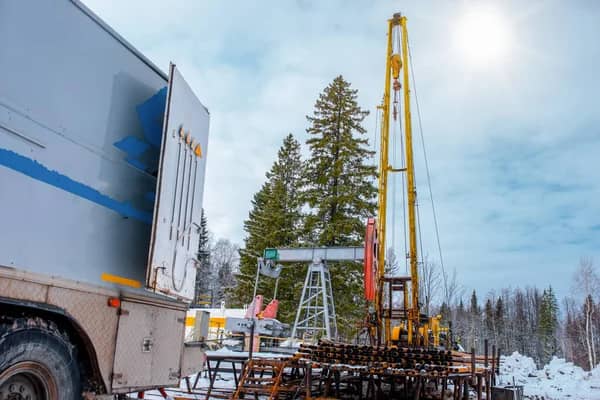Well logging is a vital technique for petroleum engineers to evaluate the properties and conditions of subsurface formations and fluids. By using various tools and sensors, well logging can measure physical, chemical, and biological parameters of the wellbore and the surrounding rock layers. However, there are many types of well logging methods, each with its own advantages and limitations. How can you identify the most common types of well logging and what information they can provide? In this article, we will discuss six types of well logging that are widely used in the oil and gas industry.
Resistivity logging
Resistivity logging measures the electrical resistance of the formation and the fluid in the pores. The higher the resistivity, the lower the water saturation and the higher the hydrocarbon potential. Resistivity logging can be done using wireline tools or logging while drilling (LWD) tools, which transmit electrical currents or electromagnetic waves into the formation and record the voltage or attenuation. Resistivity logs can help identify productive zones, estimate water saturation, and determine formation boundaries.
Gamma ray logging
Gamma ray logging measures the natural radioactivity of the formation, which is mainly caused by the presence of uranium, thorium, and potassium. The higher the gamma ray, the higher the clay content and the lower the porosity and permeability. Gamma ray logging can be done using wireline or LWD tools, which detect the gamma rays emitted by the formation and record the count rate. Gamma ray logs can help identify lithology, correlate between wells, and evaluate shale gas potential.

